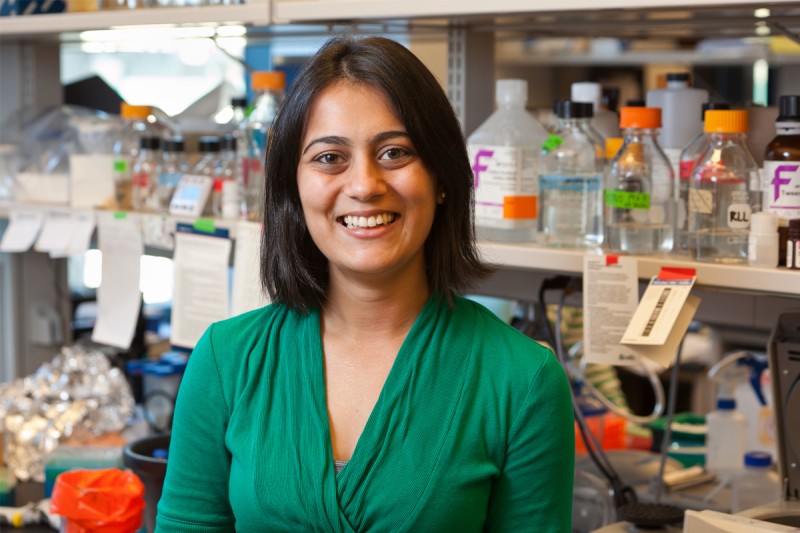
Twelve students at the Louis V. Gerstner, Jr. Graduate School of Biomedical Sciences have successfully defended their dissertations. As part of Memorial Sloan Kettering’s 35th annual academic convocation on May 14, Gerstner Sloan Kettering will award PhD degrees to Minna Balbas, Neha Bhagwat, John Halliday, Moriah Nissan, Jennifer Nnoli, John Maciejowski, James Mahaffey, Justine Miller, Sadia Rahman, Ly Vu, William Walkowicz, and Shannon Wu.
The 2014 class is the largest to date and brings the number of graduates of the school to 22.

Minna Balbas
Minna Balbas did her dissertation project in the laboratory of Charles Sawyers. Using an innovative screening system, she identified a novel mutation in the androgen receptor (AR) that confers resistance to the drug enzalutamide, an anti-androgen recently approved by the FDA for the treatment of advanced prostate cancer. This mutation converts enzalutamide from a potent AR antagonist into an agonist of the mutant receptor. Computer modeling studies proposed a structural mechanism for this shift in activity, and also suggested a way to modify the drug to successfully restore antagonism against the mutant receptor. Since publication of the work, this mutation has been found in patients who develop resistance to enzalutamide; studies are ongoing to determine if this new drug can effectively overcome this resistance.
Since defending her thesis, Minna has continued to work in Dr. Sawyers’ lab to finish ongoing projects and plans to begin a postdoctoral fellowship at the University of California, San Francisco, in June 2014.

Neha Bhagwat
Neha Bhagwat conducted her graduate research in the laboratory of Ross Levine, where her project focused on elucidating the molecular mechanisms underlying the lack of response to JAK2 inhibitor therapy in myeloproliferative neoplasms. Her research demonstrated that although mutant cells remain highly dependent on this pathway for their survival, they are able to circumvent its inhibition via other signaling molecules. This work provides the rationale for testing combination therapies to effectively target this pathway in the clinic.
Neha is currently a postdoctoral fellow in the laboratory of Ben Stanger at the University of Pennsylvania, where she is working on the development of new methodologies and strategies for the diagnosis and treatment of pancreatic cancer.
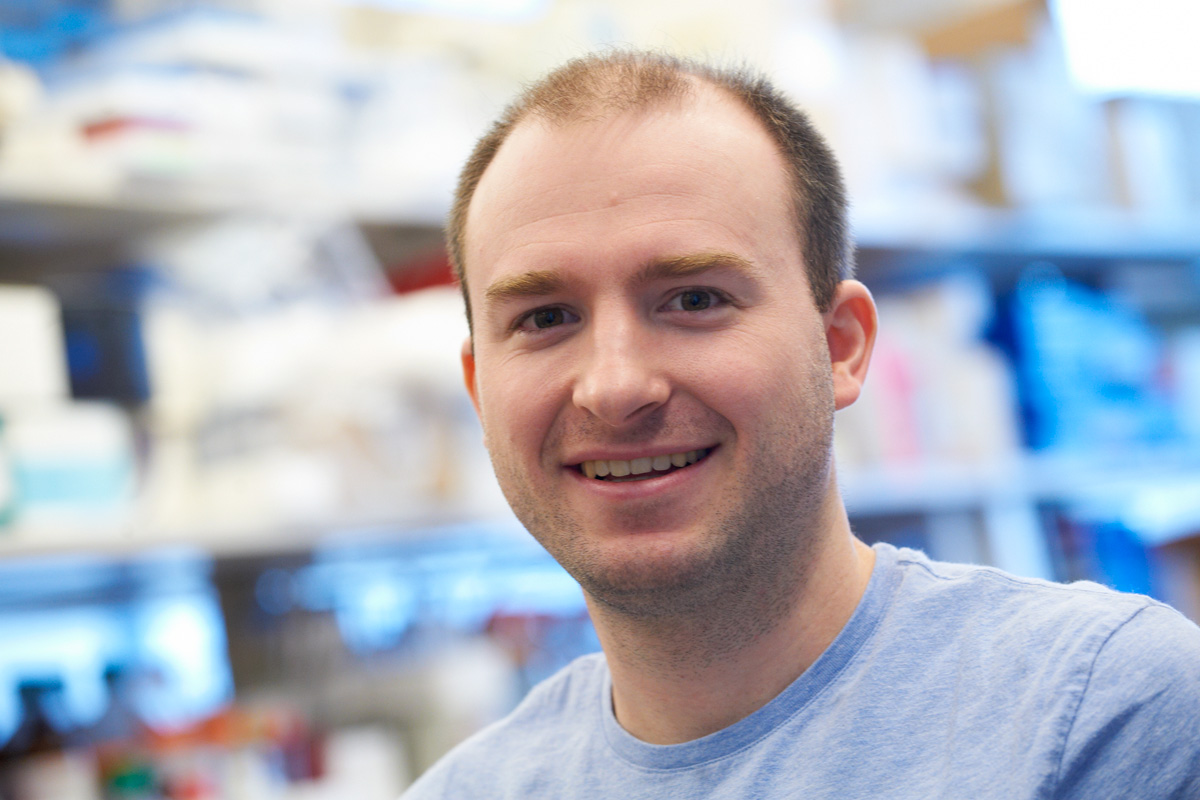
John Halliday
John Halliday’s work in the laboratory of Eric Holland focused on the response to treatment of the brain tumor glioblastoma, as well as the development of novel methods for studying global gene regulation in these tumors in vivo. He found that treatment with ionizing radiation of a mouse model of glioblastoma induces a rapid shift in tumor cell gene expression patterns, away from the proneural subtype of glioblastoma toward the mesenchymal subtype. A shift toward the mesenchymal subtype has been noted in recurrent human glioblastoma. That this shift may be induced by radiation, the most common treatment modality for brain tumors, is significant, as mesenchymal glioblastoma cells have recently been suggested to be more radiation resistant.

Moriah Nissan
Working in the laboratory of David Solit, Moriah Nissan’s project was to identify and characterize mutations in the MAPK signaling pathway in melanoma, the deadliest form of skin cancer, in order to better understand the alterations that drive growth in this disease. She found that genomic loss of the tumor suppressor NF1 is common in melanoma, and that this alteration activates the MAPK signaling pathway by preventing inhibition of the growth-promoting protein RAS. This pathway activation results in pathway dependence, and thus melanoma cells with NF1 loss can be treated with pathway inhibitors, specifically those that durably target MEK kinase. However, loss of NF1 also confers resistance to vemurafenib and dabrafenib, two targeted therapies that are currently used in the clinic for patients with melanoma. These findings have implications for the treatment of melanoma patients and the utility of small molecule inhibitors in this disease.
Moriah will be continuing in Dr. Solit’s lab as a postdoctoral research fellow for a two-year period to examine the contribution of various genomic alterations to the formation of melanoma or bladder cancer in genetically engineered mouse models.

Jennifer Nnoli
Jennifer Nnoli conducted her dissertation project in Jackie Bromberg’s laboratory. Her project focused on the regulation of estrogen receptor alpha, the most important target in breast cancer therapy. Approximately 70 percent of breast cancers express estrogen receptor alpha, a key indicator of prognosis and response to endocrine therapy. Her research revealed a novel role for the IL-6/JAK/STAT3 pathway in modulating estrogen receptor alpha expression through epigenetic modifications of the estrogen receptor alpha promoter.
Jennifer is currently pursuing opportunities in public or global health.
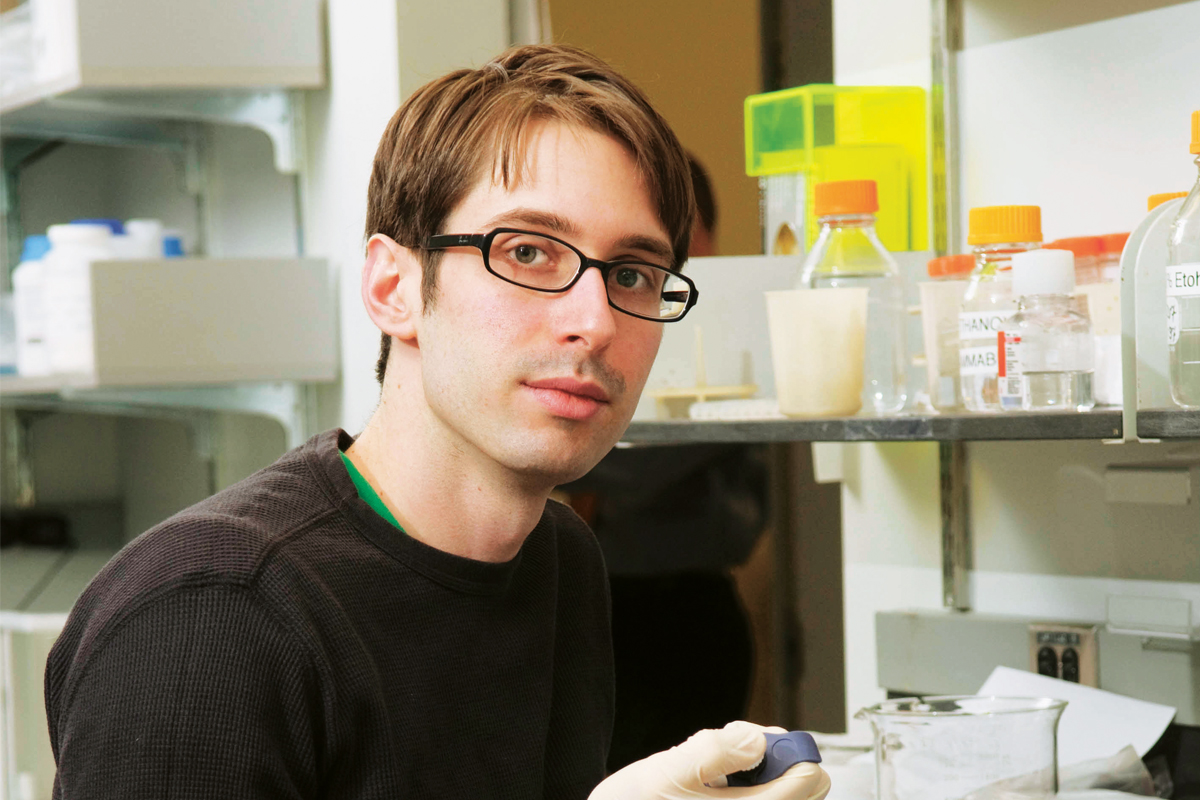
John Maciejowski
In Prasad Jallepalli’s lab, John Maciejowski investigated the mechanisms used by the cell to maintain genome stability during division.
John is currently a postdoctoral associate in Titia de Lange’s lab at The Rockefeller University, where he works on telomere biology.
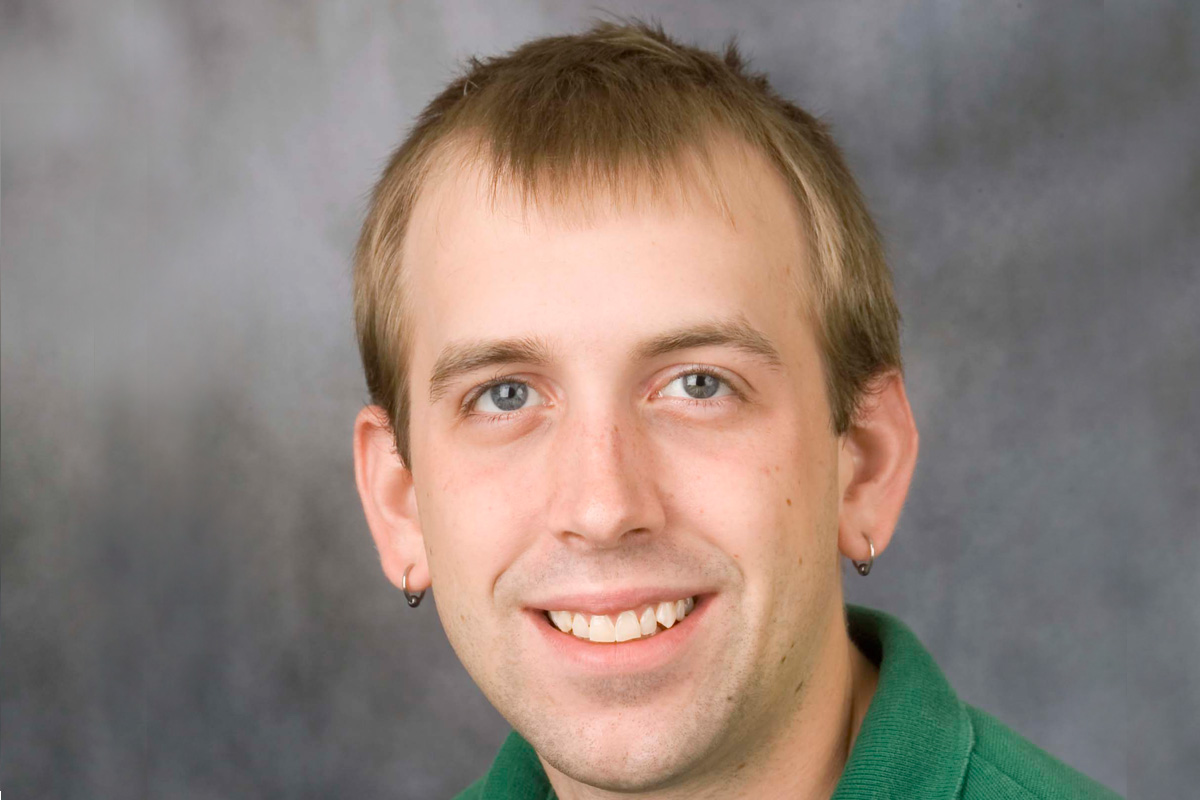
James Mahaffey
For his thesis project, James Mahaffey worked in the laboratory of Kathryn V. Anderson studying the role of the Wnt pathway in the early stages of mouse embryonic development. There are two axes of Wnt signaling, one directing cell fate and the other regulating tissue shape and architecture. The Wnt pathway is commonly mutated in colorectal cancers; recently, novel small molecule inhibitors of Wnt signaling have been developed for treatment of Wnt-driven cancers. However, James and colleagues discovered that in the early mouse embryo, these small molecule inhibitors can act as Wnt agonists in a specific population of cells. Part of his thesis work was to understand how the Wnt pathway is differentially regulated in these cells, and to determine if the Wnt pathway was stimulated by these novel drugs in any cells in the adult intestine. The second part of the project dealt with the other arm of the Wnt pathway that controls cell and tissue shape. He showed that the gene cofilin was required to establish non-canonical Wnt signaling in the early mouse embryo and demonstrated that cofilin was required for intracellular vesicle trafficking of non-canonical Wnt proteins as they are moved to specific regions of the cell membrane.
James is now a postdoctoral fellow in Mark Philips’ lab at New York University, where he is studying the regulation of Ras, the most commonly mutated oncogene in all human cancers. He is investigating the functions of novel post-translational modifications, with the ultimate goal of determining if blocking these modifications can attenuate oncogenic Ras signaling and be the basis of rational drug design for Ras-driven malignancies.

Justine Miller
In the laboratory of Lorenz Studer, Justine Miller devised a strategy to improve in vitro stem cell–based modeling of late-onset diseases such as Parkinson’s disease. While induced pluripotent stem cell technology offers an approach to studying disease in a cell culture dish in a patient-specific manner, it gives rise to cells of a “young” nature, which are inappropriate for modeling diseases that occur later in life. Therefore, she used overexpression of progerin, the protein involved in the premature-aging disease Hutchinson-Gilford progeria syndrome, to induce features that mimic the normal aging process in both stem cell–derived fibroblasts and neurons. She further used this induced-aging strategy in a stem cell–based model of Parkinson’s disease to reveal the late-onset degenerative aspects of the disease that heretofore could not be modeled in a patient-specific cell culture system. This strategy provides a platform for more relevant drug screening applications and opens up the possibility of improving stem cell–based modeling of other late-onset diseases.
Justine will be joining the lab of Sally Temple at the Neural Stem Cell Institute in Albany as a postdoctoral fellow in July.

Sadia Rahman
Sadia Rahman’s research in the laboratory of Prasad Jallepalli focused on proteins involved in proper chromosome segregation during cell division. She studied cohesin acetyltransferases by mapping their genome-wide DNA binding sites and analyzed the dynamics and regulation of cohesin acetylation in human cells. Her work also revealed a role for cohesin acetyltransferases in the regulation of gene expression.
Sadia is continuing to work in Dr. Jallepalli’s laboratory as a postdoctoral research fellow.
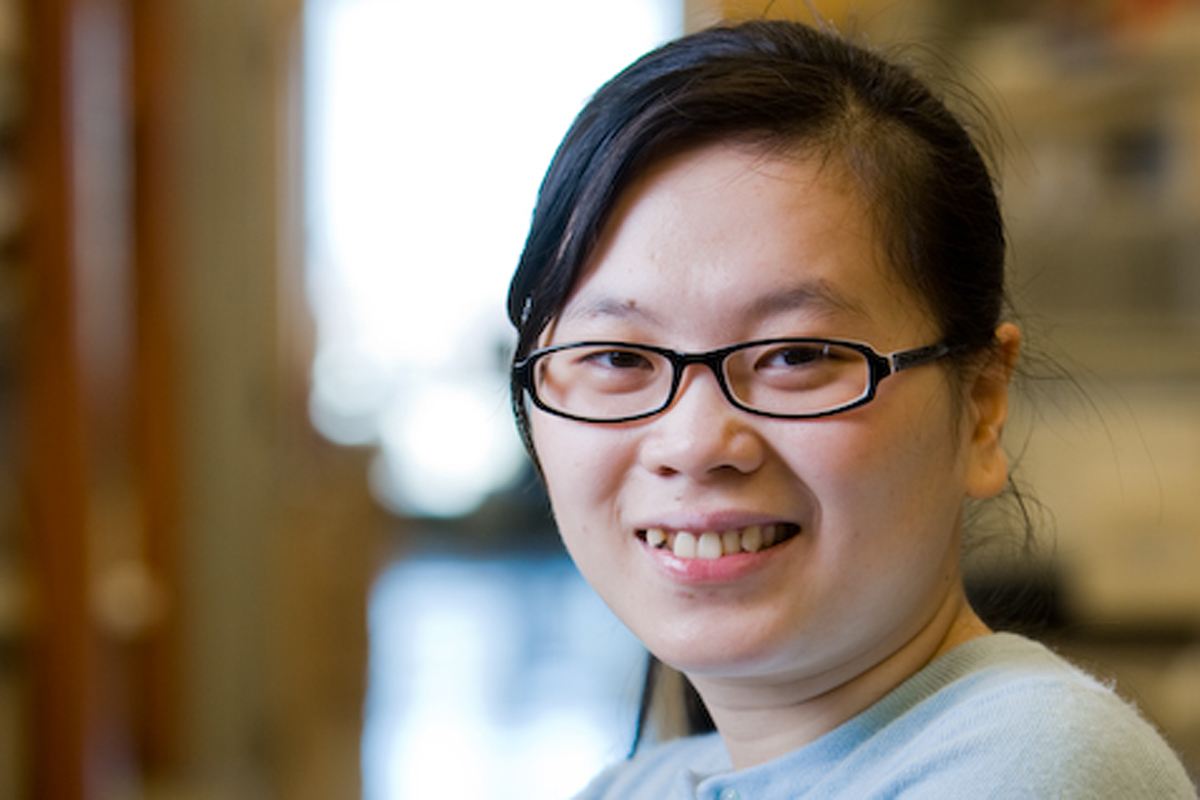
Ly Vu
During her thesis work in the laboratory of Stephen Nimer, Ly Vu aimed to determine the role of protein arginine methyltransferase-4 (PRMT4), an epigenetic regulator, in normal and malignant hematopoiesis. Defining the role of epigenetic modulators in hematopoiesis has become critically important since current mutations and aberrant expression of these genes have been identified in hematological malignancies. In her study, using a primary human blood stem/progenitor cells, Ly demonstrated that PRMT4 blocks the differentiation of the stem cells via assembling a novel transcriptional regulatory complex. She further showed that PRMT4 is highly expressed in patients with acute myelogenous leukemia. Given that the process controlled by PRMT4 is frequently disrupted in cancer, Ly utilized RNA interfering approach and small molecule inhibitors of PRMT4 to demonstrate that loss of PRMT4 function can differentiate and kill leukemia cells in vitro and in an in vivo mouse model. The study revealed the unidentified role of PRMT4 in hematopoiesis and established PRMT4 as an oncogene in development of leukemia. The knowledge can be used to develop an innovative approach against leukemia cells and translated to clinical research into new treatments for this form of cancer.
Ly is currently a research fellow in the laboratory of Michael Kharas at Memorial Sloan Kettering. She will carry on her passion to develop treatments for cancer by exploring the role of posttranscriptional regulation and RNA binding proteins in leukemia.
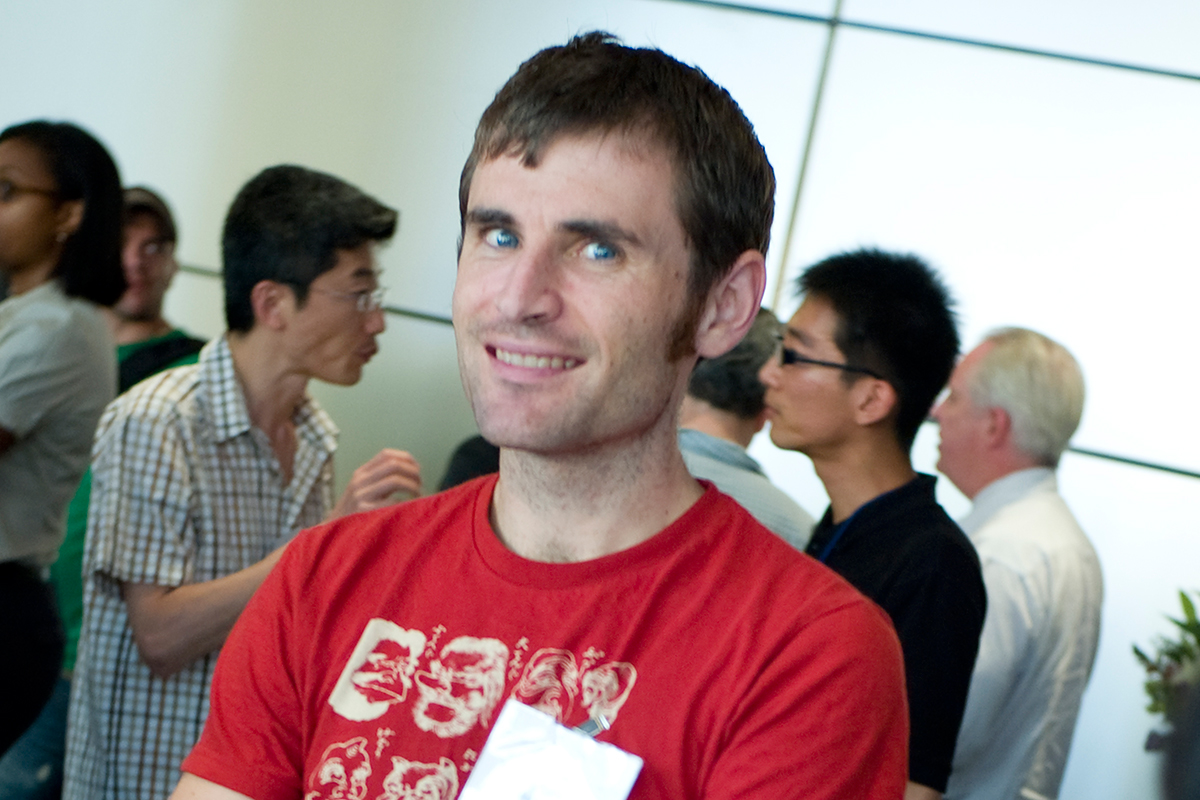
William Walkowicz
William Walkowicz’s thesis work in the laboratories of Derek Tan and the late David Gin focused on the investigation of saponin immunoadjuvants, which are essential components of many experimental vaccines against both cancer and infectious disease. Utilizing the power of chemical synthesis, he made a series of chemically defined analogues of the well-established natural product saponin, QS-21. Surprisingly, he found that minor structural perturbations resulted in tremendous variation of the saponin’s propensity to stimulate an immune response. Insights from this work have proven essential for the preclinical development of potent, efficacious, and nontoxic immunoadjuvants.
William is currently a research scholar in the laboratory of Samuel Danishefsky at Memorial Sloan Kettering, where he is leveraging his expertise in carbohydrate chemistry toward the development of an HIV vaccine.

Shannon Yu
Working in the laboratory of Mary K. Baylies, Shannon Yu investigated the role of regulators of the actin cytoskeleton during muscle development and muscle function in mice and in the fruit fly. Her work demonstrated that multiple actin regulators play a conserved role in muscle development from flies to mammals. She also showed that the fly can be used to model human diseases, developing the first fruit fly model for nemaline myopathy by disrupting a key conserved actin regulator, which will provide both a system for studying this disease and a platform for drug screening.
After finishing her dissertation work, Shannon joined BGB New York, a medical communications agency in New York City. At BGB, she is a medical writer for the oncology brand, providing scientific and strategic support on marketed brands and pre-market products across several therapeutic areas.
